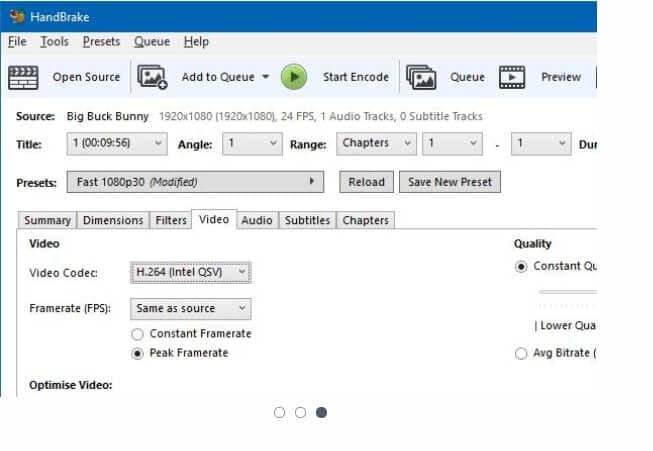


Reduce the file size by one byte, and in principle you have divided the number of possible videos that can be represented by 256. The set of videos that can be perfectly represented using any compression scheme is very limited, in comparison with uncompressed video. That means you're less likely to lose all the unwanted artifacts of the previous compression scheme. With a larger file, there's less loss - even with files much larger than the original. With the change in compression scheme, it is inevitable that at least something is lost. Each conversion of the file can at best preserve the available detail. Different compression systems have different "artifacts". The original video was compressed with MPEG2 (for DVD) rather than using MKV. Strictly speaking, you probably are gaining something by having 2GB rather than 1GB, even for a video that started at 600MB - though it's probably not something that you want at any price.

That's pretty much what you get when you demand a conversion from a low-bitrate video file to a high-bitrate video file. You derive that transformed representation, then pad it out with extra neutral data. That being the case, it's very easy to "compress" a small file into a larger file. At its simplest, it's more like finding a representation of the signal which can have detail removed (or added) with minimal visible change to the decoded signal. Media compression isn't like zip and similar compression algorithms, which opportunistically exploit exact repetition. This doesn't capture some of the other aspects, but it does explain why recompression (aka transcoding) is rarely recommended if you need it, try to recompress the original instead, if possible. This is a bit naive of a calculation, but if something preserves 50% of the original, and you decompress it and recompress it, you got 50% of that - i.e. And after that, it's your choice how to recompress - and no matter what you choose, you'll lose a lot more than if you hadn't done anything at all. if you're converting between 10 formats, you don't want to have 10 * 9 = 90 algorithms for compression and 90 for decompression to convert from every format to every other format, but you'd rather have 10 algorithms to go to a decompressed format, and 10 more to go down to another compressed format. Well, how would you? The compression is lossy, and in order to understand how to compress it, you first have to decompress it, to see what it's saying!įurthermore, you don't want your algorithms to explode i.e. Wait!! Why can't you go directly to another format? Imagine having to write this software: You have to read a compressed file that could have been compressed in a variety of formats, and then recompress it in one of another variety of formats. It has to do with upsampling/downsampling.


 0 kommentar(er)
0 kommentar(er)
